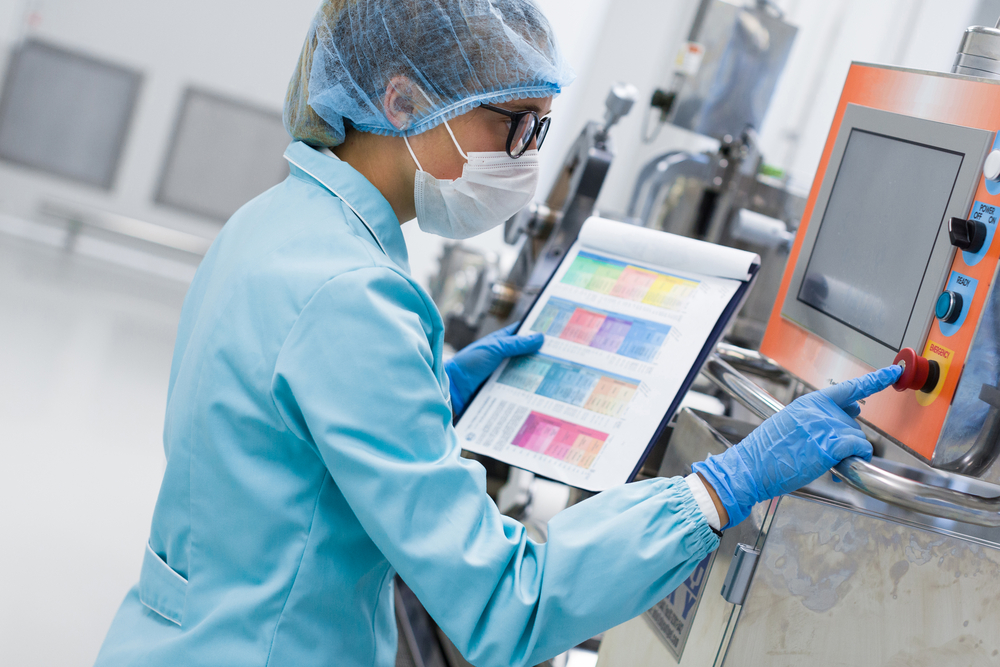What lab manager isn’t familiar with preparing for inspections? In professional labs, inspections are a necessary part of the job. Basically, they’re conducted to ensure safety and compliance with all guidelines and policies. There are several ways that lab administrators prepare for successful inspections. A popular way to prepare is conducting an internal lab audit.
Essentially, lab audits are the inspections that you run yourself. Unlike inspections from outside agencies, you’re the one in charge during an internal lab audit. Additionally, a good audit will ultimately enhance your lab’s performance. For medical labs, this means better patient care. And for any other lab, it means superior performance, lab maintenance and results. This post is the first part of our two-part blog feature on successful lab audits.
1. Set Your Goals
First and foremost, this is the best place to start. Also, this should be a collaborative process between all lab administrators. Basically, you want to define the primary objective of the audit.
Are you trying to improve lab performance? Do you want to enhance quality and lab safety practices? Establish proper lab equipment care and maintenance? Is there a specific department you’re aiming to improve? If you establish clear and coherent goals in advance, it can help to steer the audit in the right direction.
2. Develop An Itinerary
Now that you’ve got your goals in mind, you’ll need to create a schedule. Of course, there’s no harm in it being tentative and a little bit vague. However, the more sharp and detailed it can be, the better. In addition, it’s important that all staff are aware of the schedule so they can participate accordingly. Make sure each department and every employee is given a copy of the schedule as soon as possible.
If you’re planning a very expansive and thorough audit, you’ll most likely need to schedule it for multiple days. Also, it’s possible you may need to assign multiple auditors to different departments. The length and thoroughness of the audit depends on the apparent risks to quality and performance.
3. Prepare
Preparation involves gathering all of the necessary data you’ll need to accomplish the goals of your audit. Obviously, this data varies depending on what you intend to achieve and why you’re conducting the audit. This can include previous audit results, employee information, accreditation and affiliations, equipment manuals, etc.
Ultimately, you want to be as fully prepared as possible. Generally, most lab audits are about identifying risks and eliminating hazards. Therefore, when it comes to preparation, you can never be too thorough. Reach out to any and all departments, equipment suppliers or personnel you need to in order to get the information you need.
Conclusion – Cryostar Industries
As providers of rental, repair and calibration services for decades, at Cryostar we understand what an intricate and complex science running labs can be. Therefore, we do our part to give each lab the information they need to operate smoothly and efficiently.
In our next post, we’ll explore the latter half of our tips to conducting a successful internal lab audit. For more information on Cryostar or our services, contact us today!

| Call for Immediate Lab Services |
|---|
| Long Island, Nassau & Suffolk County Call: 516-333-4006 |
| The Bronx, Manhattan, Brooklyn, Queens, & Staten Island Call: 718-885-0833 |
| Albany & Southern New York State Call: 800-564-5513 |
| Piscataway, Northern & Central New Jersey Call: 800-564-5513 |
| Danbury Connecticut & Surrounding Areas Call: 203-748-7343 |
24/7 Emergency ServiceCall: 1-800-564-5513 |